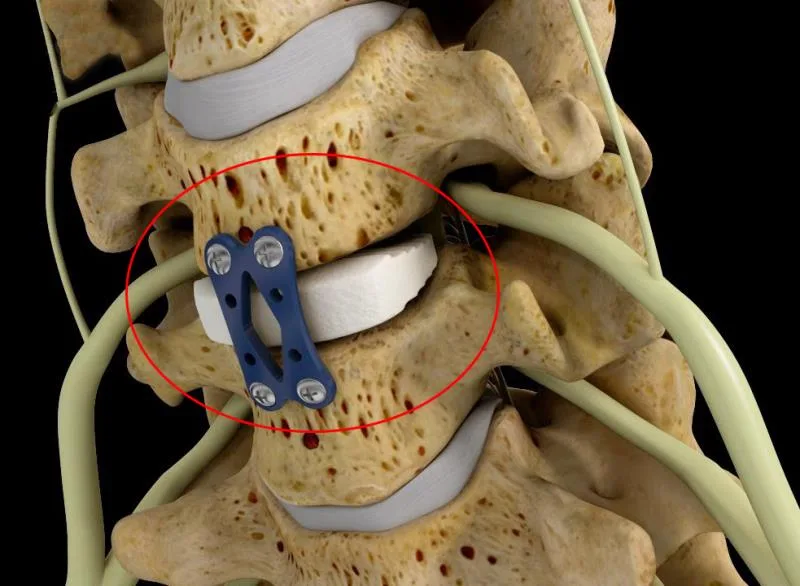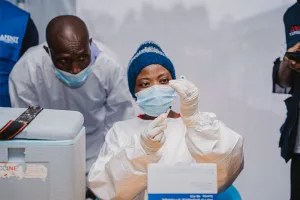Evaluating Rehabilitation Effectiveness Following Anterior Cervical Discectomy and Fusion (ACDF)
Anterior Cervical Discectomy and Fusion (ACDF) is a common surgical procedure to alleviate neck pain and neurological symptoms caused by cervical disc issues. Post-operative rehabilitation plays a crucial role in optimizing patient outcomes. This review explores the effectiveness of various rehabilitation programs implemented after ACDF surgery.
Understanding ACDF and the Need for Rehabilitation
ACDF involves removing a damaged disc in the neck and fusing the adjacent vertebrae. While the surgery aims to stabilize the spine and relieve pressure on nerves, rehabilitation is essential for restoring function, managing pain, and preventing complications. A well-structured rehabilitation program can significantly improve a patient’s quality of life after ACDF.
Key Components of Post-ACDF Rehabilitation Programs
Effective rehabilitation programs following ACDF typically include several key components:
- Pain Management: Strategies to control pain through medication, modalities (e.g., heat, ice), and manual therapy.
- Range of Motion Exercises: Gentle exercises to restore neck mobility and prevent stiffness.
- Strengthening Exercises: Exercises to strengthen neck and shoulder muscles, providing support to the cervical spine.
- Postural Training: Education and exercises to improve posture and prevent future neck problems.
- Functional Training: Activities to help patients return to their daily activities and work.
Efficacy of Rehabilitation Programs: What the Research Shows
Research suggests that structured rehabilitation programs after ACDF can lead to:
- Reduced pain levels
- Improved neck range of motion
- Increased muscle strength
- Enhanced functional abilities
- Faster return to work and daily activities
Different Approaches to Rehabilitation
Various rehabilitation approaches may be used, including:
- Physical Therapy: Hands-on therapy, exercise prescription, and patient education.
- Chiropractic Care: Spinal manipulation and other techniques to improve alignment.
- Home Exercise Programs: Exercises that patients can perform independently at home.
Choosing the Right Program
The most effective rehabilitation program is tailored to the individual patient’s needs and goals. Factors to consider include the severity of the condition, the patient’s overall health, and their personal preferences.
Final Overview
Rehabilitation is an integral part of the recovery process following ACDF surgery. A well-designed program can significantly improve patient outcomes, reduce pain, and restore function. Patients should work closely with their healthcare team to develop a rehabilitation plan that meets their specific needs.



+ There are no comments
Add yours